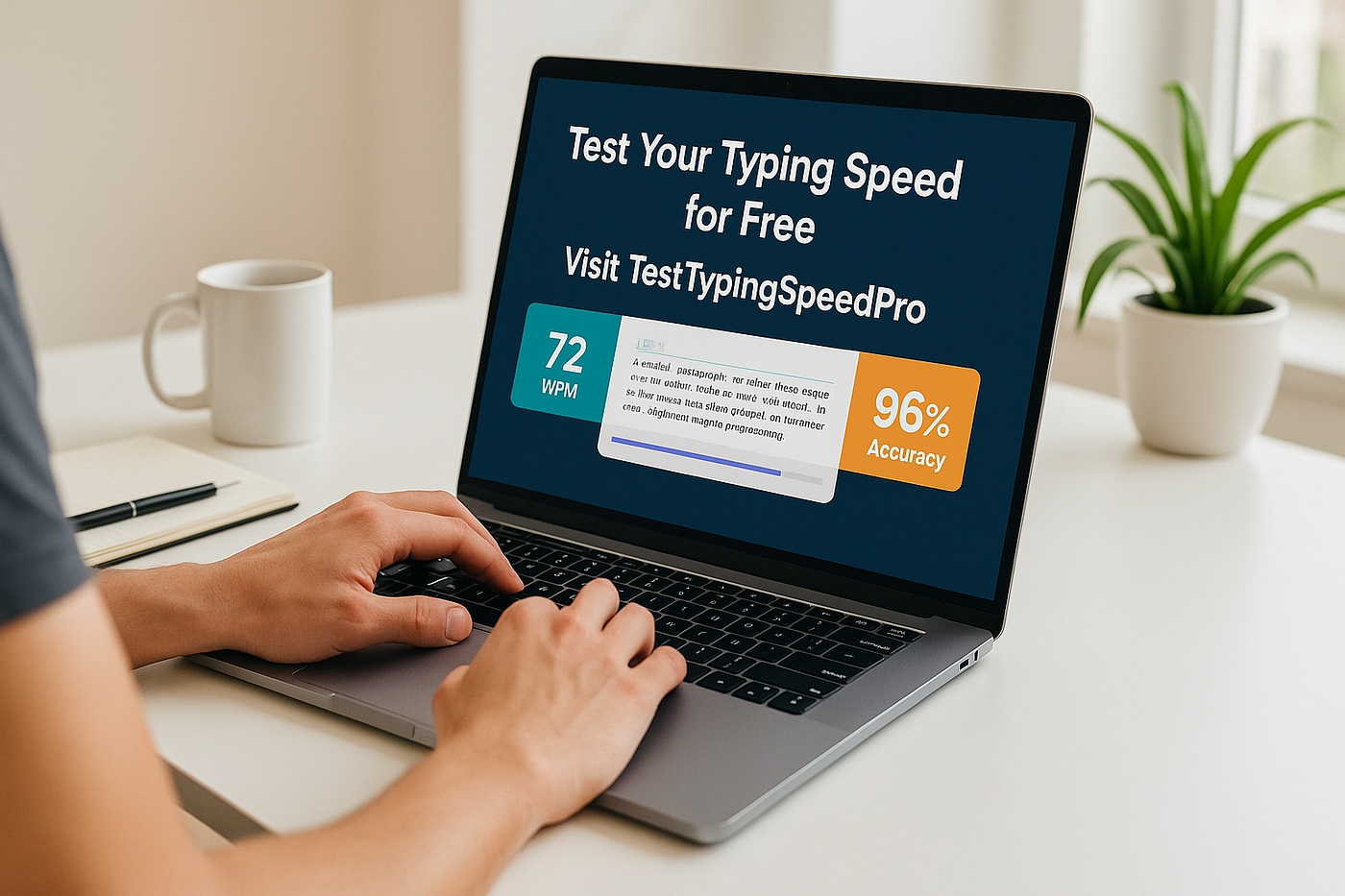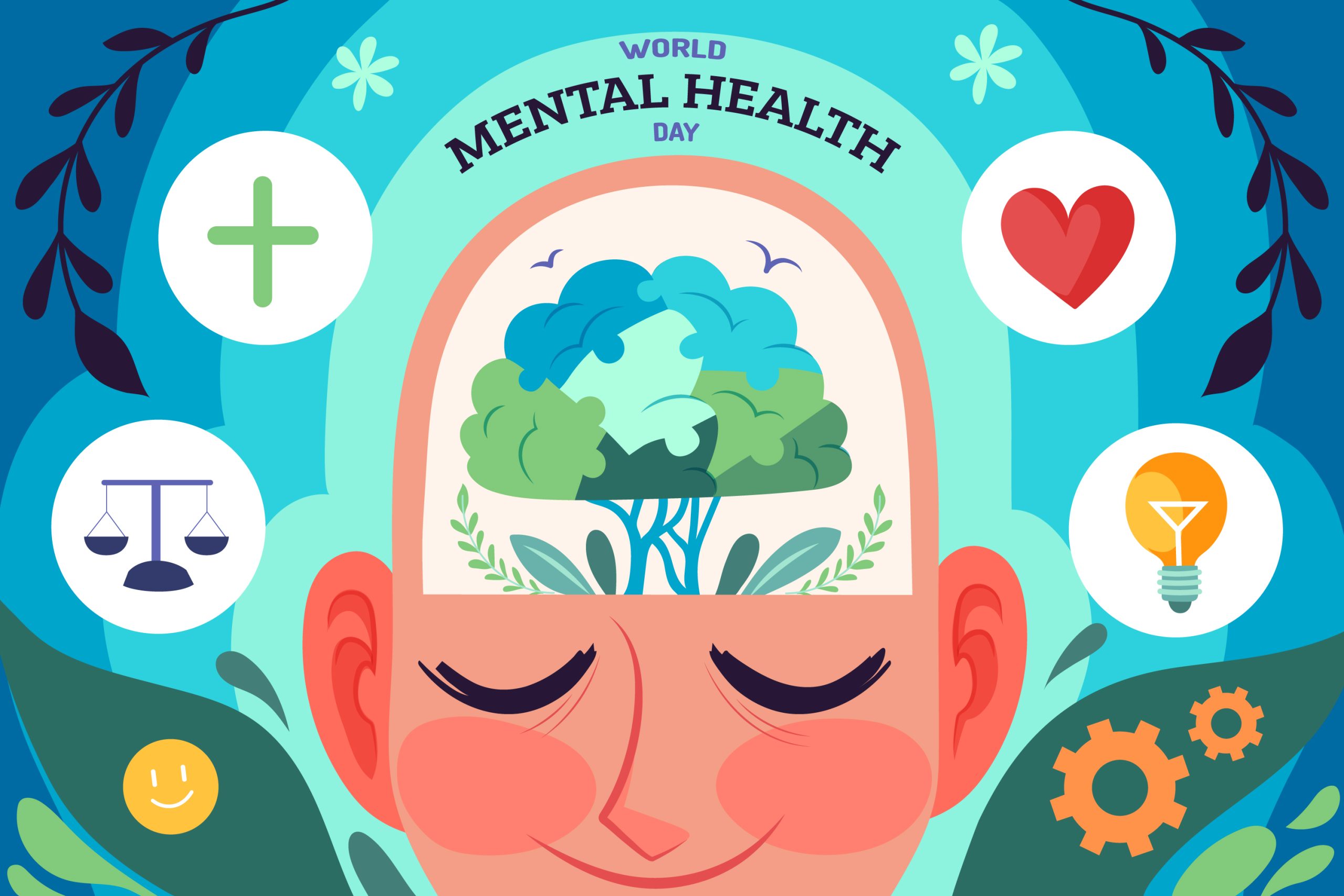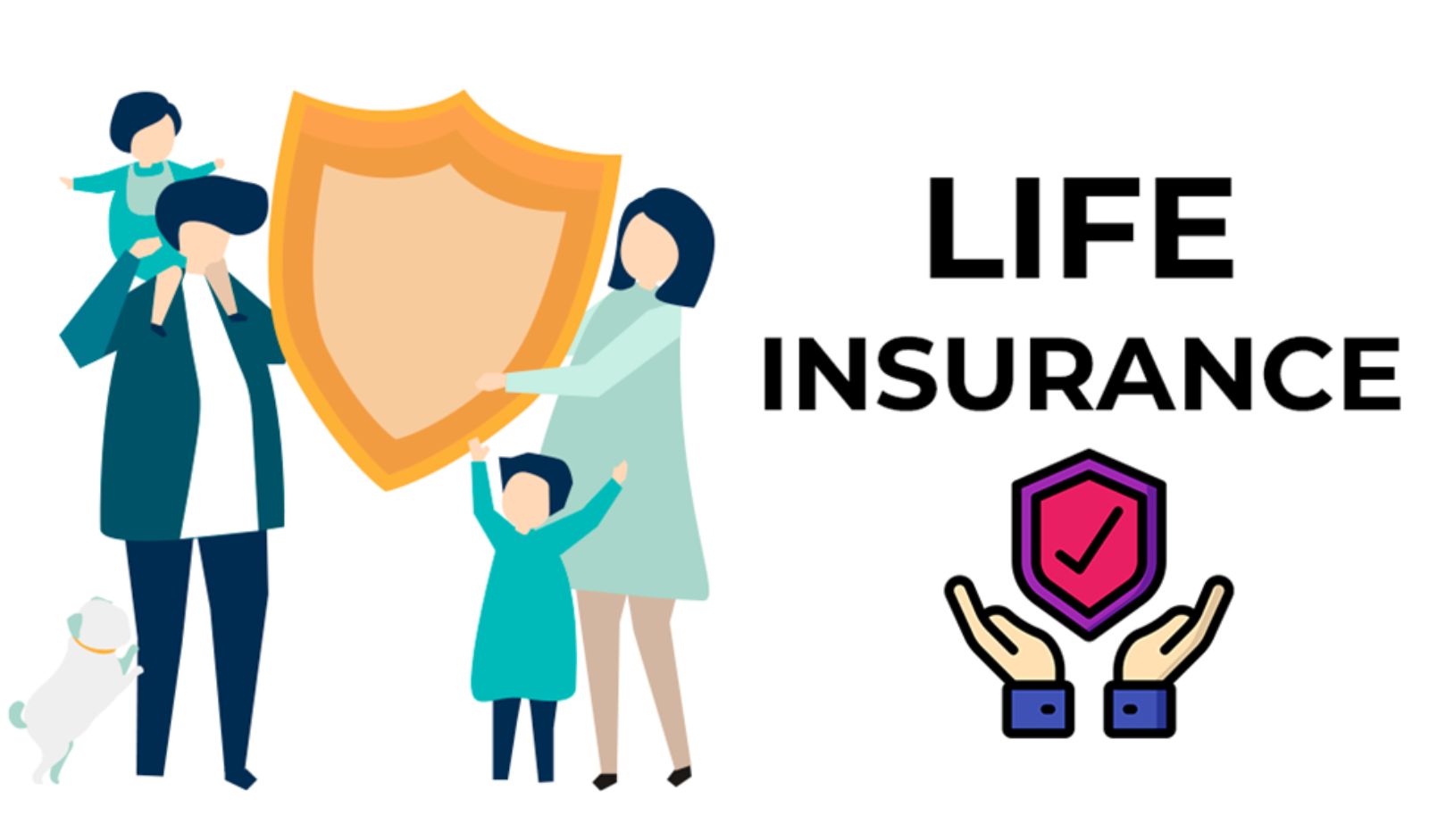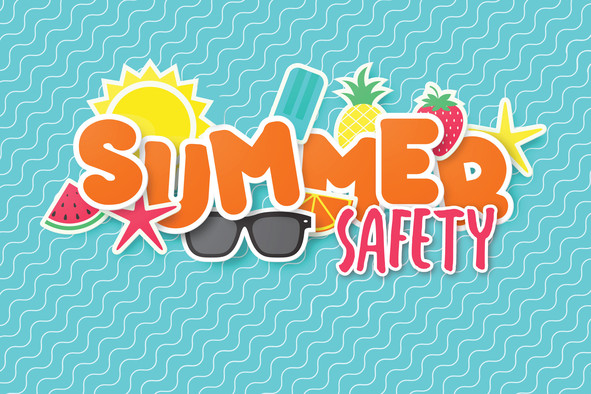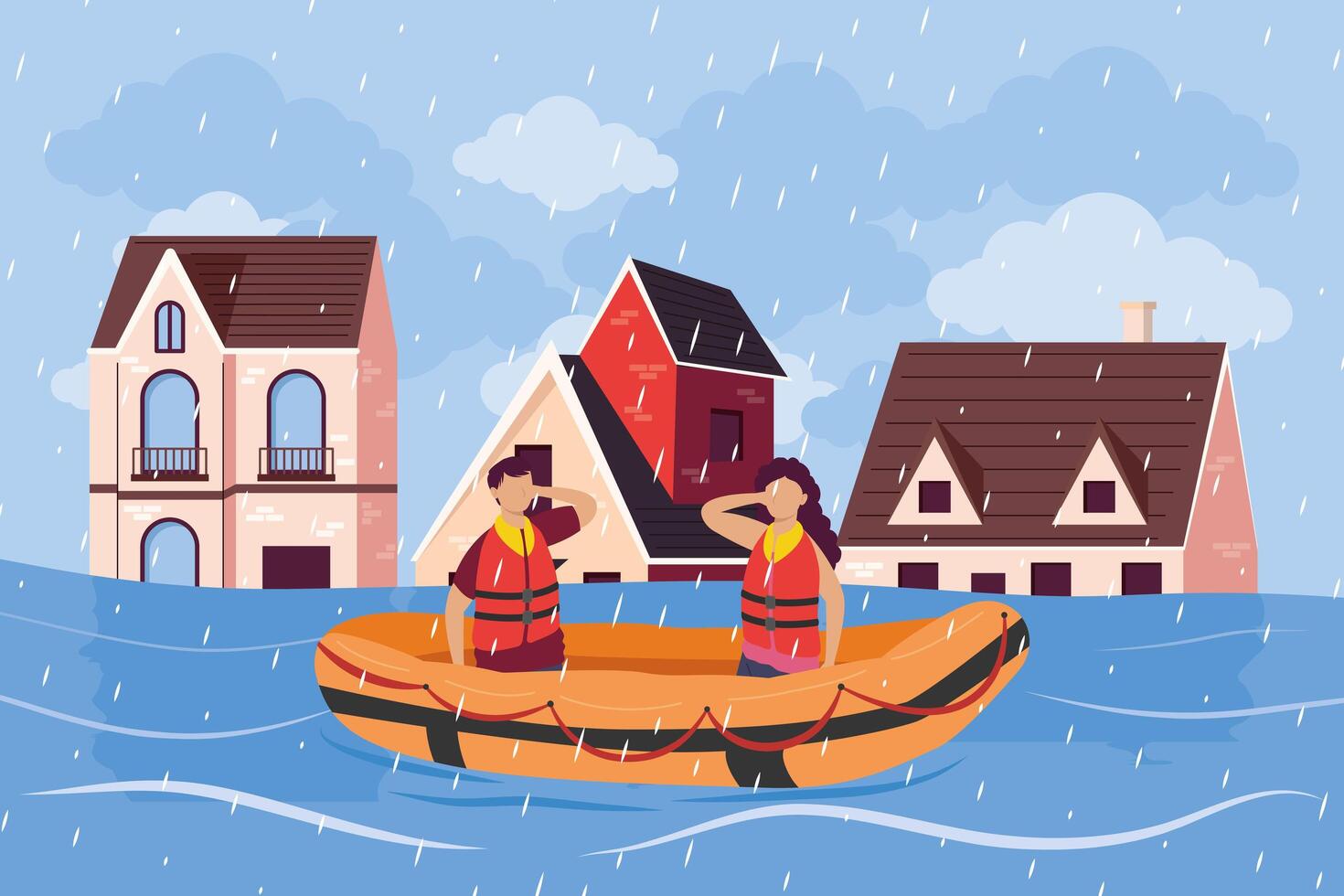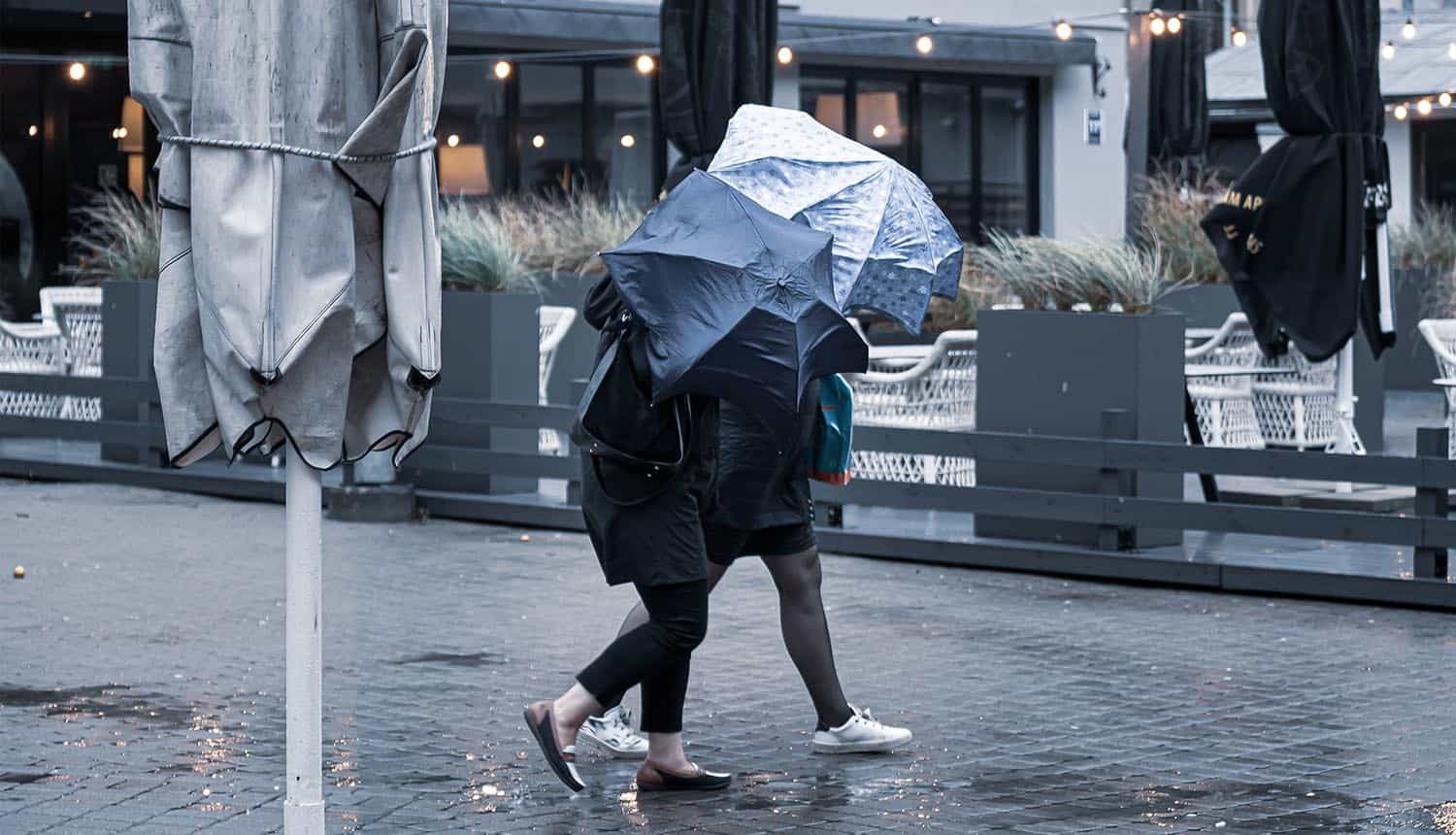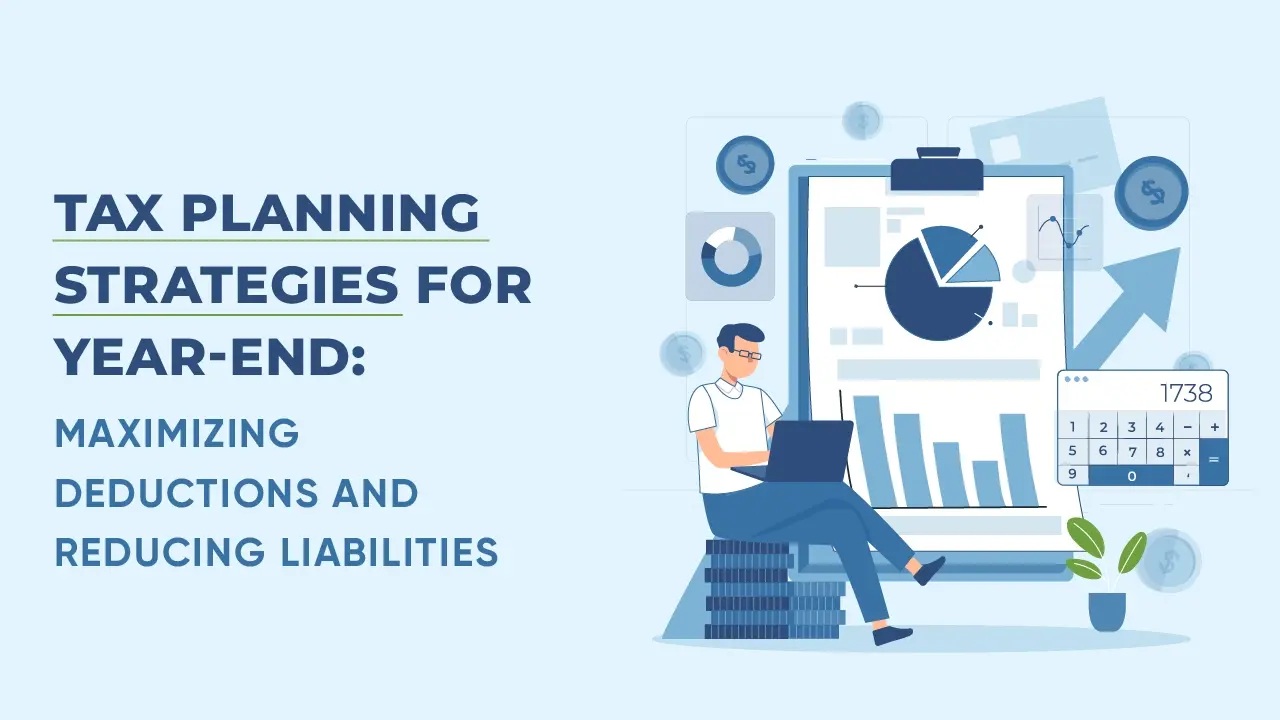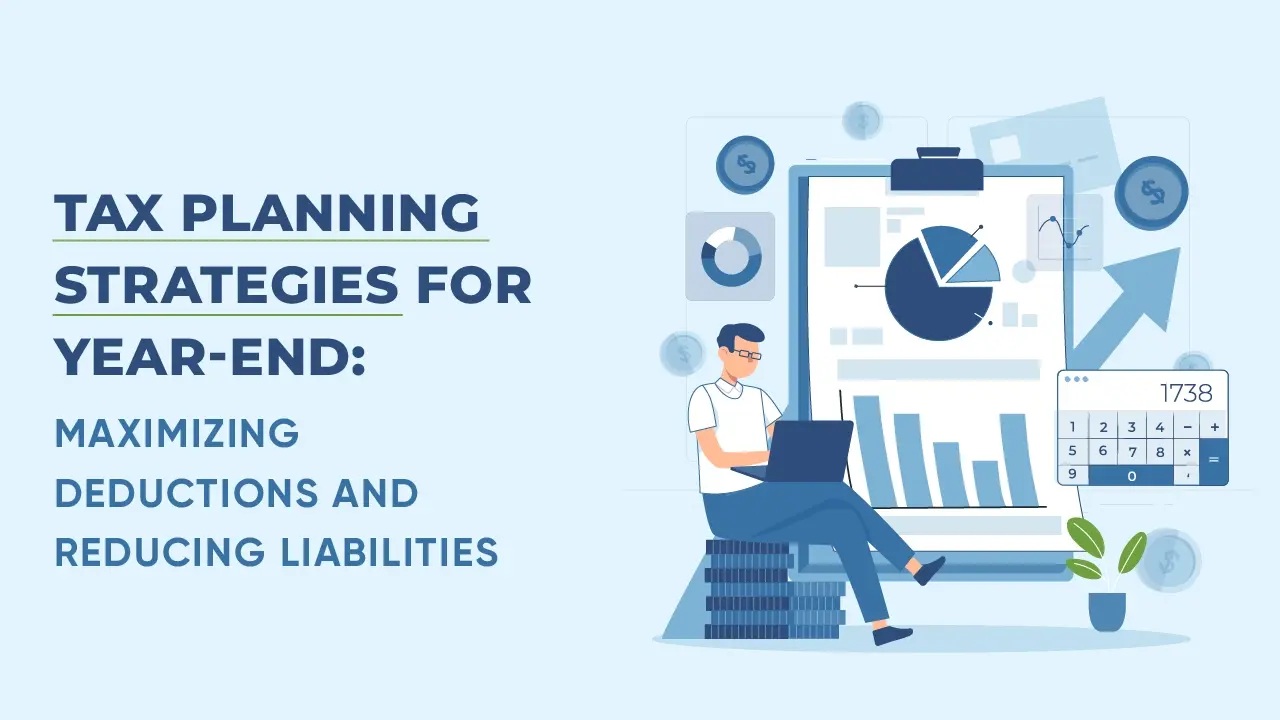1. Introduction: Why Heat Safety Matters More Than Ever
As global temperatures rise and extreme heatwaves become more frequent, knowing how to stay safe in high heat is now critical. Heat-related illnesses—from cramps and exhaustion to life‑threatening heat stroke—are on the rise. Preventing them hinges on smart strategies for hydration, shade, and body cooling.
Around 34,000 heat-related injuries and illnesses occurred between 2011 and 2022 in the U.S., with nearly 479 fatalities. Yet many heat-triggered deaths go unreported, making this a silent but deadly public health issue Sublette County Hospital DistrictAmerican Public Health Association.
2. Heat-Related Health Risks: Understanding the Dangers
- Heat exhaustion develops when the body loses too much water and salt through sweating. Symptoms include dizziness, nausea, heavy sweating, muscle cramps, and elevated heart rate and may worsen rapidly if ignored Wikipedia.
- Heat stroke is more severe—core body temperature rises above 104°F (40 °C), and central nervous system issues, like confusion or loss of consciousness, may occur Wikipedia.
- Chronic dehydration can damage kidneys, reduce cognitive performance, and exacerbate chronic diseases verywellhealth.com+3American Public Health Association+3arxiv.org+3.
Vulnerable groups include the elderly, young children, pregnant individuals, those with chronic illnesses, and outdoor laborers Reuters+1health.state.mn.us+1.
3. The Role of Hydration in Heat Safety
Staying hydrated is your first defense. Tips based on NIOSH and CDC guidelines:
💧 Before Heat Exposure
- Begin the day well-hydrated. Starting dehydrated makes recovering more difficult later cdc.gov+1stacks.cdc.gov+1.
🚰 During Exposure
- Drink 8 oz (≈240 mL) every 15–20 minutes—about 24–32 oz (¾–1 Qt) per hour news.caloes.ca.gov+3cdc.gov+3directorsblog.health.azdhs.gov+3.
- Never exceed 48 oz (1.5 Qt) per hour to avoid hyponatremia (low blood salt) risk stacks.cdc.gov.
✅ After Exposure
- Continue sipping fluids for hours to replenish sweat losses. Include foods with high water content like watermelon, cucumbers, strawberries, and lettuce to assist hydration directorsblog.health.azdhs.govSublette County Hospital District.
🔍 Monitor Your Urine
- Light yellow or pale urine usually means proper hydration; darker urine suggests you need more fluids cdc.gov+1Sublette County Hospital District+1.
4. Best Fluids: Water, Electrolytes, What to Avoid
✅ Fluids to Choose
- Water is often sufficient.
- For extended heat activity (>2 hours), electrolyte solutions or sports drinks help replace lost sodium and potassium osha.govosha.gov.
- Beverages like milk, herbal tea, coconut water, or hydration-supporting fruit juices also count verywellhealth.comtime.com.
🚫 Fluids to Avoid
- Alcohol and sugary drinks act as diuretics and increase dehydration risk time.com.
- Excessive caffeine may add cardiac stress; moderate habitual amounts may still contribute to hydration but high doses should be avoided in heat foodandwine.comosha.gov.
5. Heat Safety Measures Beyond Hydration
🌡 Stay Cool
- When indoors, use air conditioning. If it’s over 90°F (32 °C), using a fan can raise body temperature, so prioritize AC cdc.gov.
- Take cool showers or baths, or apply damp cloths or misters to skin for rapid relief houstonhealth.org+2cdc.gov+2Sublette County Hospital District+2.
👚 Dress wisely
- Choose loose-fitting, light-colored, breathable clothing, and wear wide-brimmed hats and sunglasses when outside Sublette County Hospital District+4cdc.gov+4houstonhealth.org+4.
🕒 Plan Activities
- Avoid outdoor exertion during peak heat (10 am–4 pm). If needed, schedule activities early morning or evening and take frequent shade breaks vox.com+1floridahealth.gov+1.
👥 Check on Others
- Monitor vulnerable family members, the elderly, children, and pets. Never leave children or pets in a parked car—even for a few minutes cdc.gov+1houstonhealth.org+1.
6. Occupational Heat Safety: Workers at Risk
- Employers should adopt the Water. Rest. Shade model: provide ample hydration, scheduled cool breaks, and shaded rest zones osha.gov+1Wikipedia+1.
- Implement acclimatization protocols over 7–14 days for new or returning workers in hot environments; gradually increase workloads to allow adaptation Wikipedia+1cyclingnews.com+1.
- Train staff to recognize heat illness symptoms and use a buddy system to monitor each other for signs like dizziness or nausea myjournalcourier.com+2Wikipedia+2Wikipedia+2.
7. Recognizing Heat-Related Illness: What to Watch For
Warning Signs (Heat Exhaustion):
- Excessive sweating, fatigue, headache, dizziness, nausea, muscle cramps, rapid heartbeat, and pale skin health.com+1Sublette County Hospital District+1.
Heat Stroke Signals:
- Body temperature exceeding 104 °F, confusion, slurred speech, fainting, or seizures—this is a medical emergency Wikipediawho.int.
Additional Red Flags:
- Reduced urination, dark urine, dry mouth—signs of severe dehydration, possibly necessitating medical intervention dailytelegraph.com.autime.com.
8. Tips for Effective Hydration Planning
- Use reusable water bottles and set reminders to drink every 15–20 minutes, especially outdoors dailytelegraph.com.au.
- Include water-rich fruits and vegetables in your meals to support hydration throughout the day directorsblog.health.azdhs.govtime.com.
- Monitor urine color; light yellow or clear is ideal.
- Avoid overhydrating—more than 48 oz/hr can dilute blood electrolytes dangerously cdc.gov.
9. Community & Policy Measures: Combating Heat at Scale
- Cities are opening cooling centers in libraries and public buildings to help those without home AC Reuters.
- The federal 2025 Heat Policy Agenda proposes treating extreme heat as a national emergency, establishing preparedness frameworks, and funding cooling and energy assistance fas.org+1floridahealth.gov+1.
- As global temperatures climb, extreme heat is projected to account for hundreds of thousands of deaths annually—an urgent climate and health priority who.intReuters.
10. Special Populations: Who Needs Additional Care?
👶 Children including infants:
- Their sweat mechanisms are undeveloped, increasing dehydration risk. Encourage frequent sips and shade breaks.
👵 Older adults:
- May have a lower thirst response and take medications that impair thermoregulation. Continuous water intake and close monitoring are essential Wikipedia.
👩 Pregnant or breastfeeding individuals:
- Have elevated fluid requirements and should prioritize hydration regularly.
🏋️ Outdoor workers and athletes:
- Require structured hydration, breaks, and acclimatization plans—especially if wearing heavy gear or performing prolonged exertion.
11. How Technology & Science Are Innovating Hydration Monitoring
Emerging solutions aim to provide proactive hydration tracking:
- Non-contact hydration sensors and smart wearables can detect early dehydration signs using skin, breath, or movement data arxiv.org.
- Heat-adaptive training protocols (e.g. for athletes) use controlled heat exposure to enhance thermoregulatory response—but must be paired with disciplined hydration and electrolyte replacement cyclingnews.com.
12. SEO Keywords & On-page Strategy
Target phrases to include throughout:
- “Heat safety tips 2025”
- “How to stay hydrated in high heat”
- “Preventing heat exhaustion and heat stroke”
- “Hydration guidelines for hot weather”
- “Heat illness prevention tips”
Use these in:
- H2/H3 headings
- Meta description: Stay safe in this summer’s heat: Expert tips on hydration, cooling strategies, and recognizing heat illness before it becomes dangerous.
- Alt text for any images: e.g., light yellow urine indicates proper hydration, drinking water during heatwave.
13. FAQs
Q1: How much water should I drink per day in hot weather?
On very hot days, adults should aim for 68–100 oz of water daily—or roughly 8 oz every 15–20 minutes during active outdoor periods houstonhealth.org+2Wikipedia+2Wikipedia+2foodandwine.com+1news.caloes.ca.gov+1health.com+5Wikipedia+5floridahealth.gov+5time.com+1directorsblog.health.azdhs.gov+1.
Q2: Is it okay to drink coffee or tea in the heat?
Moderate caffeine may not significantly dehydrate habitual drinkers—but alcohol and high-sugar drinks should be avoided due to their diuretic effects foodandwine.com.
Q3: When should I seek medical help for heat illness?
If someone exhibits heat stroke signs—core temp above 104°F, confusion, fainting—they need immediate medical attention houstonhealth.org.
Q4: Can heat training improve performance safely?
Yes—when paired with robust hydration protocols and electrolyte intake, heat adaptation training can boost endurance. But it requires medical oversight cyclingnews.com.
Q5: What should employers do for outdoor workers?
Provide water breaks, shaded/rest areas, heat training, acclimatization schedules, and education about heat illness signs Wikipediaosha.gov.
Teacher Burnout Crisis: Understanding and Solving the Silent Epidemic in Education


